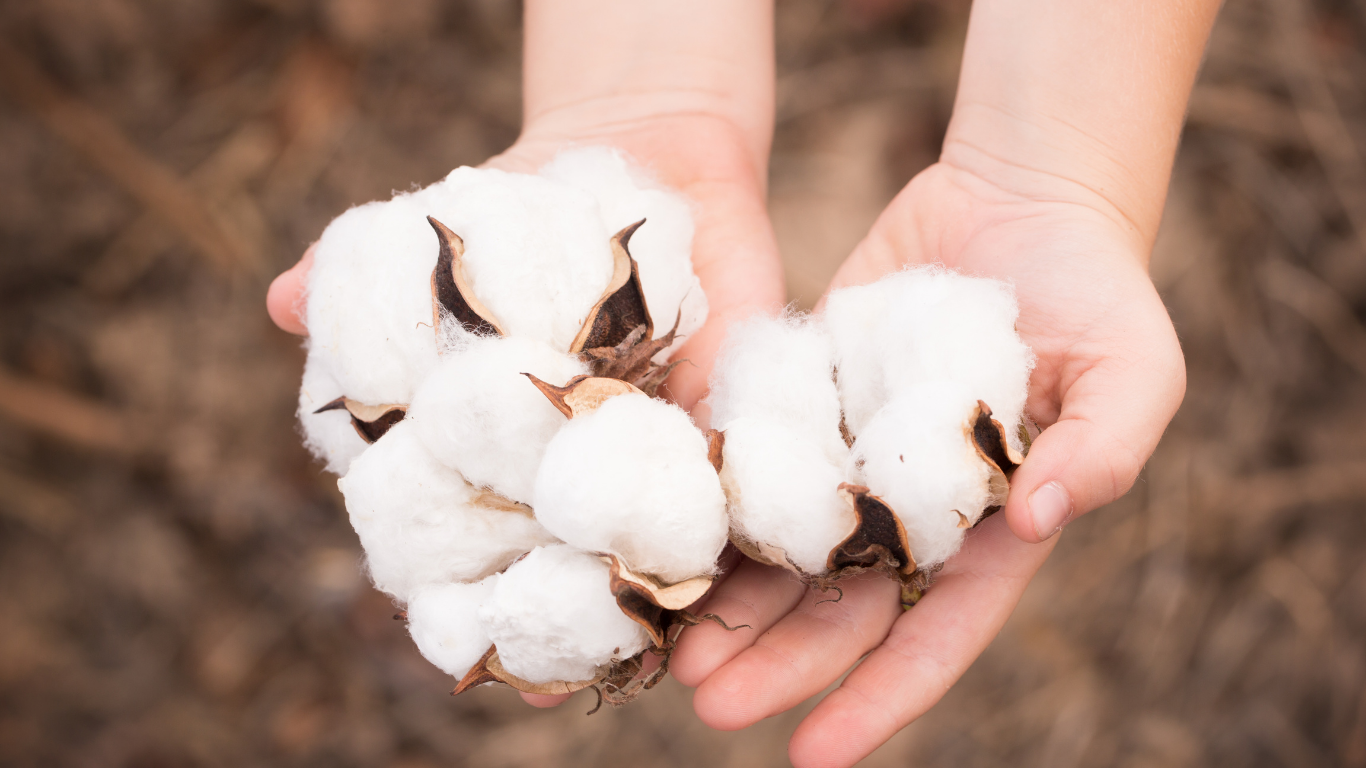It is commonly assumed that a stronger U.S. dollar is a bearish influence on export commodities like cotton. While that is often true, it is not quite that simple. Figure 1 compares the inverse pattern of “nearby” (i.e., soonest to expire) ICE cotton futures prices (in red) and an index (in blue) of the U.S. dollar relative to a basket of six currencies: the Euro, Japanese yen, British pound sterling, Canadian dollar, Swiss franc, and the Swedish krona. Those six countries and their currencies have little to do with international cotton exports or imports. However, to the extent that U.S. dollar strength (for whatever reason) against these currencies coincides with U.S. dollar strength versus cotton exporting countries (e.g., Brazil, Australia, Central Asia, and sometimes India), then this chart may reflect situations where a strengthening dollar is directly associated with lower U.S. export competitiveness. The lower U.S. export competitiveness could transform into lower U.S. domestic cotton prices. As a result, we see an inverse pattern in Figure 1. However, there are periods of time reflected in Figure 1 where the inverse relationship breaks down, e.g., in the center of Figure 1 during 2013. That period coincided with a time when European sovereign debt was weakening the euro relative to the dollar, which represents a distortion to what this chart is trying to explain.
Figure1. U.S. Dollar Index versus Nearby ICE Cotton Futures Settlement Price

A potentially cleaner comparison would be of the U.S. dollar versus the Brazilian real or the Australian dollar. The more cotton-specific impact of the U.S. dollar value on U.S. exports can be inferred from USDA trade-weighted exchange rate indices. Looking back at these kinds of indices will show time periods like, for example, in 2015 when the U.S. dollar got 6.4% stronger (year-over-year) compared to the currencies of the specific countries that we trade cotton with. This means that U.S. cotton was roughly that much more expensive to foreign buyers compared to other cotton exporting countries.
Lastly, to the extent that large financial institutions (investment banks, hedge funds) are moving money across asset classes, a rise in the dollar could reflect a risk off shift of investment out of stocks and commodities (driving down cotton futures, all other things being equal) and into U.S. treasuries. This would presumably be reflected in a rising U.S. dollar. Parts of Figure 1 may be explained by such movements, and they have little to do with cotton economics or export competitiveness.
Robinson, John. “The U.S. Dollar’s Influence on ICE Cotton Futures“. Southern Ag Today 2(4.1). January 17, 2022. Permalink







